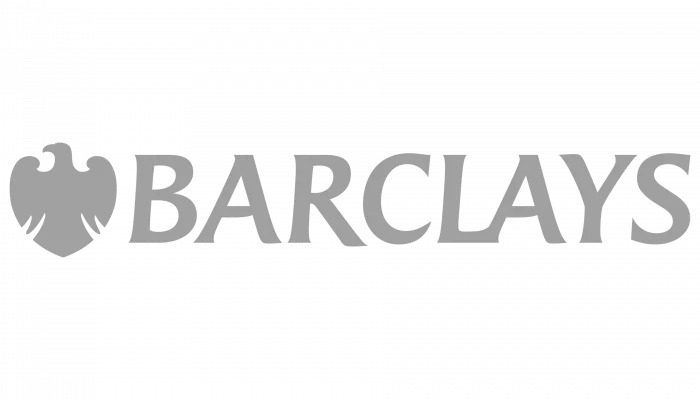With energy prices likely to rise in the long term, it makes sense to consider how you can make your home more efficient. Especially as, under the Government Green Homes Grant scheme, hundreds of thousands of people will be able to access vouchers of up to £5,000 and in some cases £10,000.
The grants, provided in the form of vouchers, can be used to make your home more efficient, thus saving you money in heating and electricity bills.
The Government grant scheme will cover at least two thirds of the cost that homeowners spend on energy efficiency green upgrades, while those on the lowest incomes will not have to pay anything.
So what sort of improvements are worth considering?
INSULATION - A significant proportion of the heat generated to heat your home is lost through drafts and poor insulation. In older properties with solid wall construction, internal dry-lining can help improve insulation in the winter months. Older homes often don’t have under floor insulation either. But the primary and most effective way to stem heat loss and bring down your heating bills is via additional roof space insulation.
DRAUGHT PROOFING - It seems silly, but the addition of some inexpensive draft exclusion strips to doors can make a difference at a relatively small cost.
NEW WINDOWS & DOORS - Single glazing is a great way to lose heat generated in your home! In the winter months, single glazed homes suffer from condensation and dampness, especially in kitchens, bathrooms and laundries where steam and warm air meets cold panes of glass. Replacing windows and doors with double or triple-glazed units can be a very effective way of reducing your heating bills.
NEW BOILERS - Modern boilers are considerably more efficient than older models and it makes sense that if you need to burn less fuel for the same output, you will be doing your bit for the environment. Improving hot water tank insulation, installing smart heating controls and thermostats and thermostatic radiator valves can help you heat different parts of your home only as much as you need. After all, why keep a spare room as warm and toasty as you might your child’s room?
LOW CARBON HEAT SOURCES - Sustainable heat sources such as solar and air and ground pump heat sources are becoming more popular and whilst these options can sometimes be expensive to install, they can save you a lot of money in the longer term.
To qualify for the grant funding, households will need to install at least one ‘primary measure’ Primary measures are defined as; Solid wall, cavity wall, under-floor, loft, flat roof, room in roof, park home or a an air source heat pump, ground source heat pump or solar thermal system.
So long as there is at least one primary measure in the package of works, households will also be able to install secondary measures. Secondary measures can only be subsidised up to the amount of subsidy provided for primary measures. (e.g. if a household receives £1,000 for primary measures, they can only receive a maximum of £1,000 towards secondary measures).
The secondary measures are:
- Draught proofing
- Windows and doors: Double/triple glazing (where replacing single glazing), secondary glazing (in addition to single glazing), upgrading to energy efficient doors (where replacing doors installed prior to 2002).
- Heating controls and insulation: appliance thermostats, hot water tank thermostats, hot water tank insulation, smart heating controls, zone controls, delayed start thermostat, thermostatic radiator valves
For low-carbon heating to be installed, households will need to have adequate insulation (e.g. wall and loft, where applicable). These can be installed as part of a package – they do not have to already be in situ.
Related article:
Recent posts
Best UK Mortgage Rates this Week
2 days ago

Here are the lowest fixed mortgage rates of the week, available to first-time buyers, home movers, buy-to-let, and those remortgaging.
Call us for more information: 01628 507477 or email: team@mortgagerequired.com.

Just because the Bank of England decides to reduce the base rate, this doesn't automatically mean that your mortgage rate will go down.
Autumn Budget 2025: A Summary
24 days ago

Chancellor, Rachel Reeves, has delivered the Autumn 2025 budget. We have summarised the government's plans for tax and spending.
Renters' Rights Act
14 Nov 2025

The Renter’s Rights Bill became law at the end of October, which means it has been signed off by the King, and it is now the Renters’ Rights Act. Despite this becoming law, these changes are likely to start changing within the next six months, with the aim of being fully implemented throughout 2026 and into 2027.

A welcome change in school is coming as financial literacy is due to become compulsory in schools in England.
The Government has announced that as part of the new national curriculum, children in primary and secondary education will be required to learn about budgeting, compound interest, managing money, and mortgages.
The top 10 most beautiful villages in the world
24 Oct 2025

Forbes has published a global ranking of stunning locations and one popular picturesque corner of the UK has nabbed top spot.

Over three years after the Mini-Budget took place, we look at what the mortgage market looks like now, showing the difference in mortgage repayments.

The government has announced plans to make buying or selling a home cheaper and quicker with what is being called the “biggest shake-up to the homebuying system in this country’s history.”


















